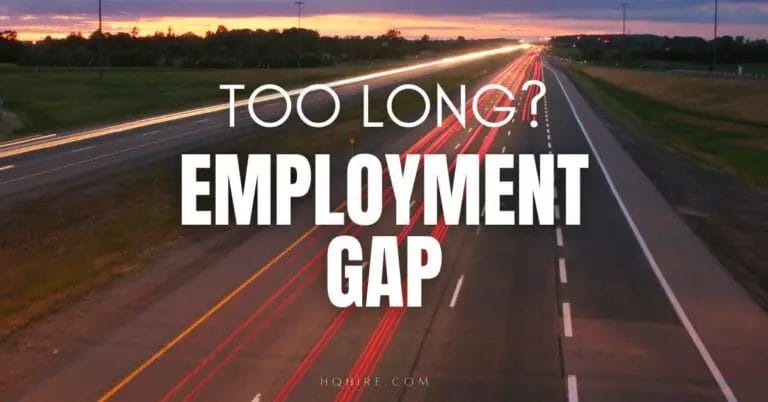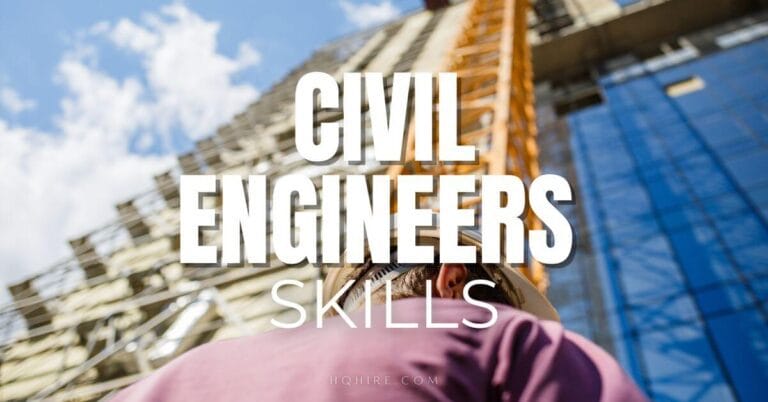How will the jobs of the future look like in 2030, or even 2050?
With technological advancement and Covid-19, how will these events affect you and your career future?
In just 9 minutes, we’ll learn the key takeaways from the 163 pages, “The Future of Jobs Report” by World Economic Forum.
The covid-19 pandemic has impacted millions of Americans and people around the world.
So, if you find yourself asking,
“What’s my career future?”
This might just be the most important article you’ll read to understand the future job outlook of your industry.
The fourth Industrial Revolution is upon us, but are you ready for the jobs that will be in demand in the next 10 years?
The civilian unemployment rate in America, Bureau of Labor Statistics 2000 – 2020
In April 2020, we’ve hit an all-time high of 14.7% unemployment rate. 23,078,000 Americans have lost their job and are suffering from the effects of the Covid-19 pandemic.
As time goes on, our industry evolves as well. And Covid-19 might just be the black swan event that will accelerate the changes.
Employment by industry in America, Bureau of Labor Statistics 2000 – 2020
Expect rapid changes in the post-Covid-19 pandemic era.
Let’s peek into the future of technology adoption, jobs, and skills in the next five, ten, or even thirty years.
If you are concerned about your career future. Read on!
Technology Will Advance
Technology advancement in the last 10 years is undebatable fast. But in the future of jobs, you will rely even more on technology. Changes will happen especially in these particular fields:
- Cloud Computing
- Big Data
- E-Commerce
Business leaders and employees alike have to follow the trends established in previous years to prepare for the future.
Potential future technology includes:
- Encryption
- Non-Humanoid Robots
- Artificial Intelligence
Automation
With black swans events such as Covid-19, automation become one of the highest priorities in any industry.
Reducing the human factor from the work environment that is prone to sickness and errors, technological adoption by companies will transform tasks, jobs, and skills by 2025.
- 43% of the companies are set to reduce their low-skilled workforce in the next 5 to 10 years.
- 41% will use contractors for specialized work.
- 34% will expand their high-skill workforce due to technology integration.
What does it mean for you?
You need to prepare for future jobs in demand by upskilling and upgrading your current set of skills.
Just doing your job well might not be enough to ensure you will have a job in the future.
Many high achievers at HQHIRE use LinkedIn Learning to learn new skills every day so they can be relevant to the future job market.
Fewer Jobs
Research has shown, the number of jobs destroyed in the next decade will exceed the number of jobs created:
- Many jobs will be lost in the next few years. In fact, 9% to 15.4% of the jobs you’ll find right now will be lost as part of history.
- New professions of the future will be created, and these new jobs needed in the future will grow from 7.8% to 13.5%.
The report estimated, 85 million jobs will be affected, many of which are labor-intensive, blue-collar jobs.
While 97 million new roles will be taken by humans, machines, and algorithms.
What does it mean for you?
You will have to “compete” with machines and algorithms for jobs. In order to be relevant to the industry, you have to learn new skills which you never thought you will need.
Many of these new future-ready skills are IT-related such as:
ReSkilling
Most employees need to be reskilled. To be relevant to the future job market, you need to learn skills that can help with:
- Critical thinking
- Analysis
- Problem-solving
- Self-management
- Active learning
- Be resilience
- Improve stress tolerance
- Enhance flexibility and adaptability
On average, 40% of the workers have to be reskilled, with 94% of all business leaders will expect their employees to pick up new skills on the job.
Digitalize Working
Work from home? Making money online? The future of work is already here and digitalization is already shaping how we do our work.
- Accelerated by Covid-19, 84% of employers are rapidly digitalizing the working process to move their workforce to operate remotely.
- 1/3 of all employers aim to create a sense of community amount employees through digital tools while transitioning to remote work.
With the raise of companies that offer work from home such as Google, Facebook, Amazon, and Snapchat. You will be seeing more part-time or remote working opportunities in the future.
Deepening Inequality
Inequality between highly skilled workers and low-skilled laborers will widen. This is due to the dual impact of technological advancement and the pandemic recession.
Affected group:
- Lower-wage workers who are not skilled in the changing economy.
- Women in some countries.
- Younger workers with less experience.
Economic contraction will impact workers even more if there is an absence of proactive effort to reduce the impact of inequality by the local government or social enterprise.
Online Learning/ Training
Online learning and training will be one of the main ways to ensure your current skills will stay relevant to the job market. This is also the main way that employers will use to help reskill their workers.
And if you are looking for the best online learning platform, here is another article for a quick comparison.
The current research shows:
- 4-time increase in individuals like you seeking online learning through your own initiatives.
- 5 times increase in employer-supported online learning and training.
- 9 times increase in online learning through government programs
The three main areas where online training is provided are:
- Data analysis.
- Computer science.
- Information technology.
Key Takeaway?
The future of jobs will be very different than the past 10 years. The previous revolutions in history can give us a sneak peek into what will be happening in the future of jobs.
- First Revolution – Industrial Revolution is when new manufacturing processes are created in Europe and the United States, changing how our forefathers live their lives. It occurs during the period from 1760 to 1840.
- Second Revolution – Technological Revolution is a period in which one or more technologies are replaced by another. Rapid standardization and industrialization from the late 1900s into the early 2000s. An era of accelerated technological progress that cause an abrupt change in society.
- Third Revolution – Energy and Economy Revolution is the rise of electronics, telecommunications, and computers. With new technologies, the third industrial revolution opened the doors to electric cars, biotechnology, and space expeditions (Moon and Mars Landing).
- Forth Revolution – The Internet Revolution is the current era that we are living in. In the current revolution, we develop virtual reality worlds such as AR and VR, allowing us to bend the laws of physics.
With each revolution, there are massive changes in the job market, but at the same time, many opportunities arise.
Does the future of jobs surprise you? Are you prepared for future employment? And which is the key takeaway that interests you most?
Let us know in the comments below!
Up Next… How much money do you need to be happy?
- 10 Best Remote Jobs for College Students That Pays Well (with Tips)
- 10 Best Remote Jobs with No Experience Required (+Pays Well)
- 22 Top Industry Offering Remote Work Now (Future of Remote Jobs)
- 21 Best Remote Jobs to Work From Anywhere (High Paying)
- Four-Day Work Week: 100% Productivity With Shorter Work Days
Join over 11,000+ achievers who are committed to achieving their career goals!







